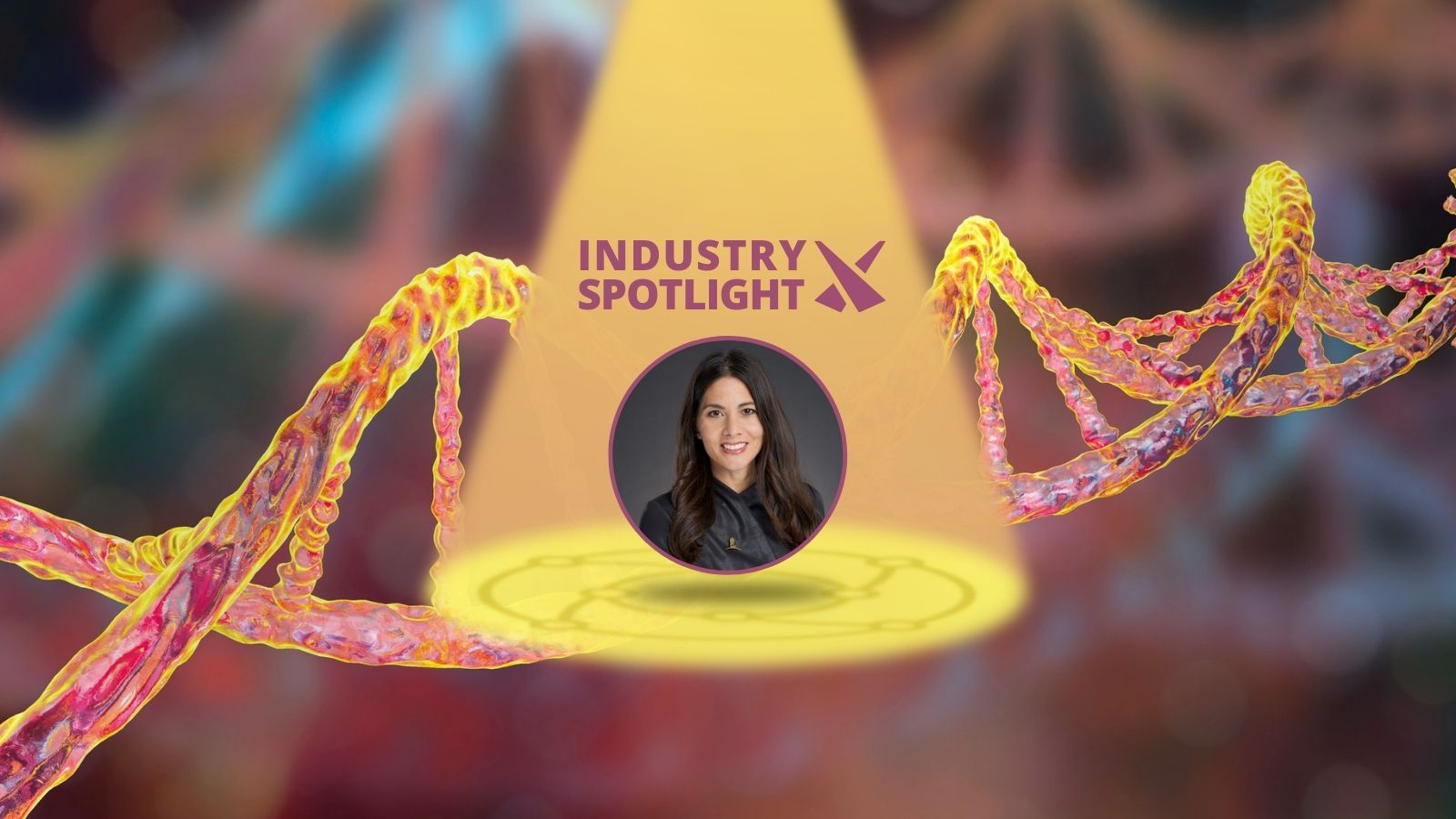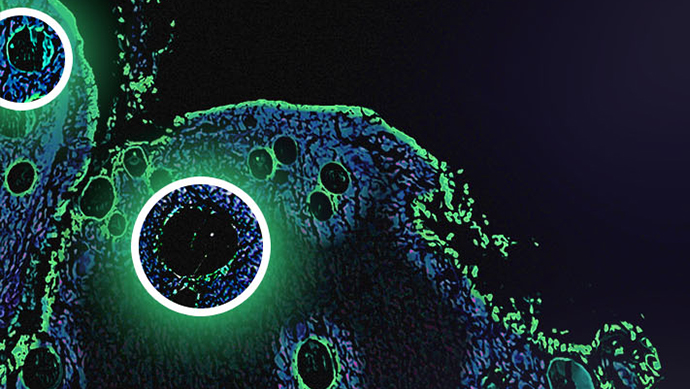Cutting-Edge Trends in Spatial Omics: Speaking to Jasmine Plummer, Director of the Center for Spatial Omics at St Jude Children’s Research Hospital

Career and Current Research
Plummer started her career as a trained medical and molecular geneticist working with model organisms. Over time, she progressed to using sequencing and genomic assays. “This slowly developed to an early adoption of single cell technologies to really understand cells of origin,” Plummer explained. Her team were early adopters of spatial technologies, proactively applying tools to interpret single cell data and bulk transcriptomic data from a sample tissue.
Prior to joining the St Jude, Plummer was a principal investigator at Cedars Sinai, and has been working in the single-cell space for a long time. “Helping to run and being co-director of a genomics core where we’ve been doing a lot of single cell sequencing assays and spatial assays.” Plummer added that this phase of her research made it clear that the next phase of spatial imaging was something she wanted to be heavily involved in, and that she wanted to be somewhere with access to this technology. “Just having the infrastructure focus and computational layer with the wherewithal to really focus on spatial omics was a big draw.”
The Appeal of Spatial Omics
Asked what attracted her to the field of spatial omics in particular, Plummer replied that it had everything to do with seeing. “I still look at mutational data – so genetic mutations, or what gene expression looks like. We even do CRISPR screens.” But the appeal of spatial omics came in having access to expression patterns or genomic data to identify changes in cell type and distribution. Additionally, the approach offers insights into tissue which other methods struggle to match. “Tissue is still the means by which we investigate a lot of the disease we diagnose,” added Plummer. “So how do you pair all these technologies that offer these insights you’re making from research and development and translate them into the clinic? It’s like looking into the tissue and seeing where things have gone wrong.”
- Related: Two decades of the human genome
Plummer said that initial discoveries yielded by projects such as the Human Cell Atlas had provided amazing insights, enabling milestones such as the profiling of each cell in the human body. However, the loss of spatial context associated with cellular profiling leaves gaps in understandings of tissue state and structure within the body. “We have no context when you mash up a heart and you make it into a single cell map,” said Plummer. “So tissue organisation is really the level by which I think – in all biology – we understand that cellular changes can happen.”
Potential of Spatial Omics for Discovery in Disease Treatment and Development
Discussing the applications of spatial omics in disease treatment and development, Plummer described an atmosphere of excitement. “But I’d say we’re between infancy and the toddler phase – meaning we still are just in discovery. I don’t think there’s any way, shape or form of being able to apply this yet.” However, there is plenty of scope for combining insights from spatial omics with other measures of patient data to offer pathological information. “Now we have more tools to offer more identities and look at different cell types, and different cell neighbourhoods,” said Plummer. “I would say that more vetting is needed.”
“The adage is that a picture tells a thousand words... imagine what that's going to look like from a discovery standpoint.”
At present, Plummer believes the technologies are moving so rapidly that a pause to give more consideration to quality control would be hugely valuable. “What are we seeing in this tissue?,” she asked rhetorically. “We won’t know or understand that until we really start to deposit more data. Then, time will tell.” Plummer added that an openness in the field to the importance of data was very important: particularly, interpreting data in the right way to draw the right inferences and conclusions. “Adoption in the field is really just understanding the data deposited as much as we can before we overly interpret its findings. But I think that’s the really exciting part – what are we truly finding? If you look at the pictures… the adage is that a picture tells a thousand words. Imagine what that’s going to look like from a discovery standpoint.”
Next Steps in Spatial Omics Development
If the field of spatial omics is indeed in its ‘toddler phase’, Plummer believes the tentative first steps toward walking will come with computation. “It takes at least a week to do any of these assays. And there are times you can run one section and it will give you one terabyte of data, which is like an entire sequencing run of whole exomes.” She continued that broadly, the field was not yet equipped to select the right computational workflow to interpret this data, despite the increased commercialisation and availability of these sequencing technologies in the past few years. “If one section is one terabyte of data, the bottleneck in development is going to be the processing of data and the understanding of that data.”
However, Plummer added that for her, this was the exciting part. “We’re coming to a time when digital pathology is arising where you have this two dollar FFPE slide. If you could train it with 200,000 files, could we learn off the slide? That’s not 70 years down the road any more.” This is where Plummer sees the computational bottleneck coming, and where the solutions will likely arise too. “I think the exciting thing is to see how ChatGPT is going to emerge in this field. Can we do spatial learning? Because we can do that really well in other avenues of life. You can pick up your iPhone and open it with your face.” She added that language learning models and spatial models may be the best application of AI right now, but that this will be where the bottleneck in development will come to a head. “It’s about figuring that out computationally.”
Get your regular dose of industry news and announcements here, or head over to our Omics portal to catch up with the latest advances in tumour analysis. To learn more about our upcoming NextGen Omics US conference in Boston, click here to download an agenda or register your interest.






